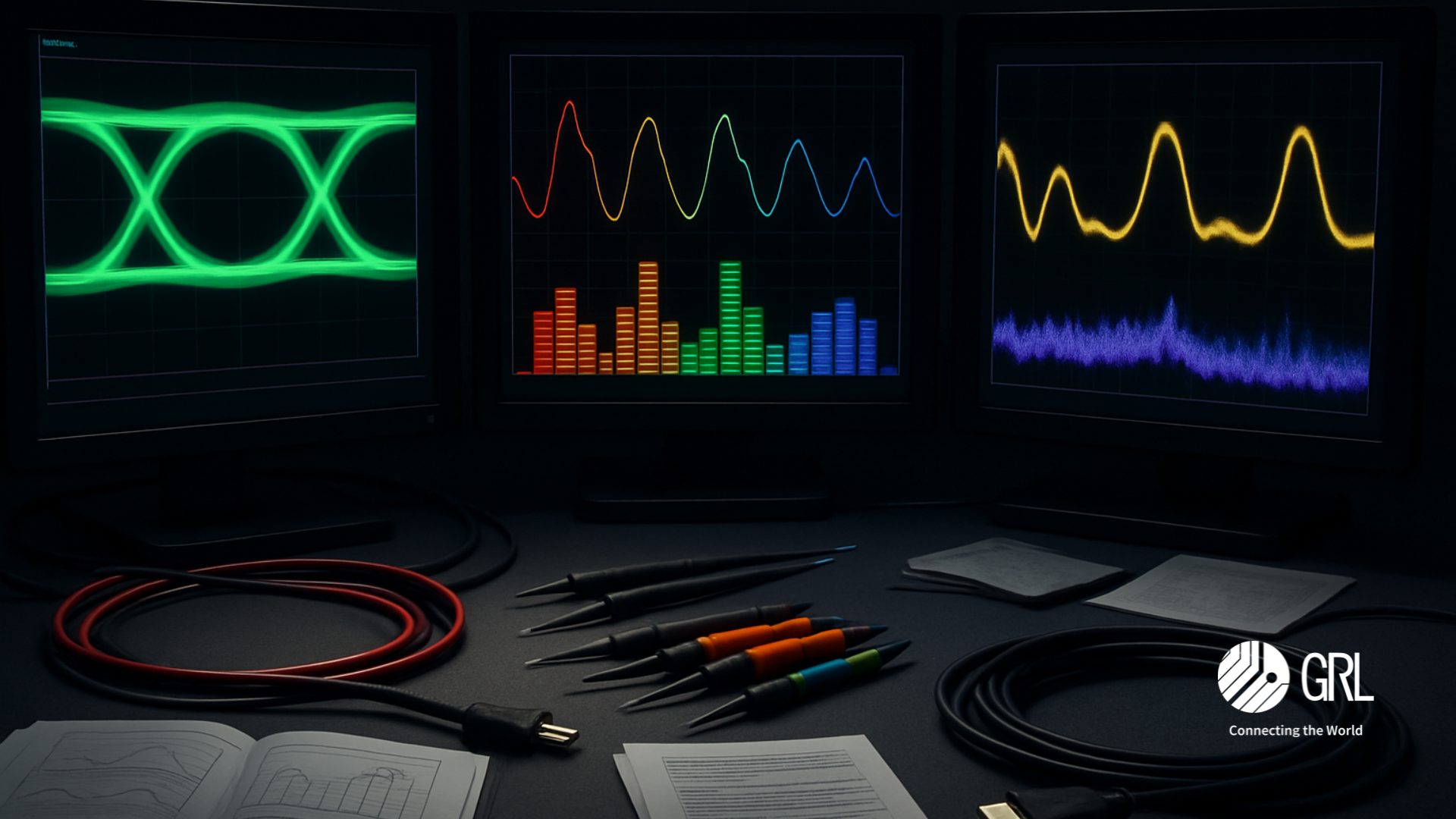Granite River Labs, GRL
Allen Chen 陳明忠
Multimedia consumer electronic products and their applications have been developing for over 20 years since the 90s. In terms of HDMI® specifications, both interface hardware requirements and corresponding application content have evolved to transmit ultra high-definition 10K images and support various functions according to changing consumer demands.
Audio has also undergone tremendous changes with recent specification updates. In addition to maintaining the original sound transmission function, audio can now be played on other powerful sound and video receiving devices through a simple cable connection. Consumers no longer need to detangle complex dedicated audio cable connection methods and can instead experience the same, if not more immersive, ultra-high-definition multimedia content.
This type of audio transmission function has become commonplace in many HDMI interface usage scenarios. For example, TVs with ARC or eARC functionality can easily support high-bitrate audio formats up to 192KHz, 24-bit, and 5.1, 7.1, or 32-channel uncompressed audio with just one HDMI cable with the corresponding functionality. In addition, transmission of audio compression technologies such as DTS-HD Master Audio™, DTS:X®, Dolby® TrueHD, Dolby Atmos® is also supported.
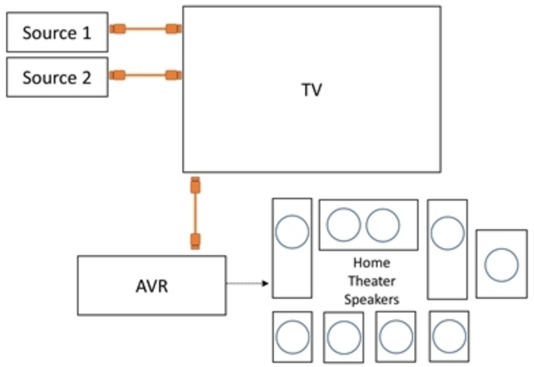
Figure 1: ARC / eARC Application Scenario (Source: hdmi.org)
What is HDMI® eARC?
Enhanced Audio Return Channel (eARC) is a new audio return feature defined by the HDMI 2.1a specification. Using differential signal architecture to return audio data between eARC Rx and eARC Tx, this technology can transmit data in both directions while in half-duplex communication mode.
It should be noted that only the following HDMI cables listed below support eARC:
- HDMI Category 1 with HEAC cable
- HDMI Category 2 with HEAC cable
- HDMI Category 3 cable (UHS HDMI cable)
Failure to establish the eARC feature during communication in an HDMI device is usually caused by the lack of feature support in one of the HDMI-compliant devices. In this case, you can switch back to ARC mode to return audio, provided that both devices support ARC.
Architecture and encoding of eARC channel
As illustrated in Figure 2, both HDMI eARC and ARC use the same signal lines (HPD/Utility) to transmit the audio data and control information returned.
The difference is that ARC must be assisted by the CEC function of the HDMI 1.4 specification to support the signal transmission methods of Single Mode and Common Mode. In comparison, the eARC adopts a new differential signal transmission architecture on the original signal pins to return audio data and control information without the support of CEC function. Instead, it communicates control information through the common mode signal.
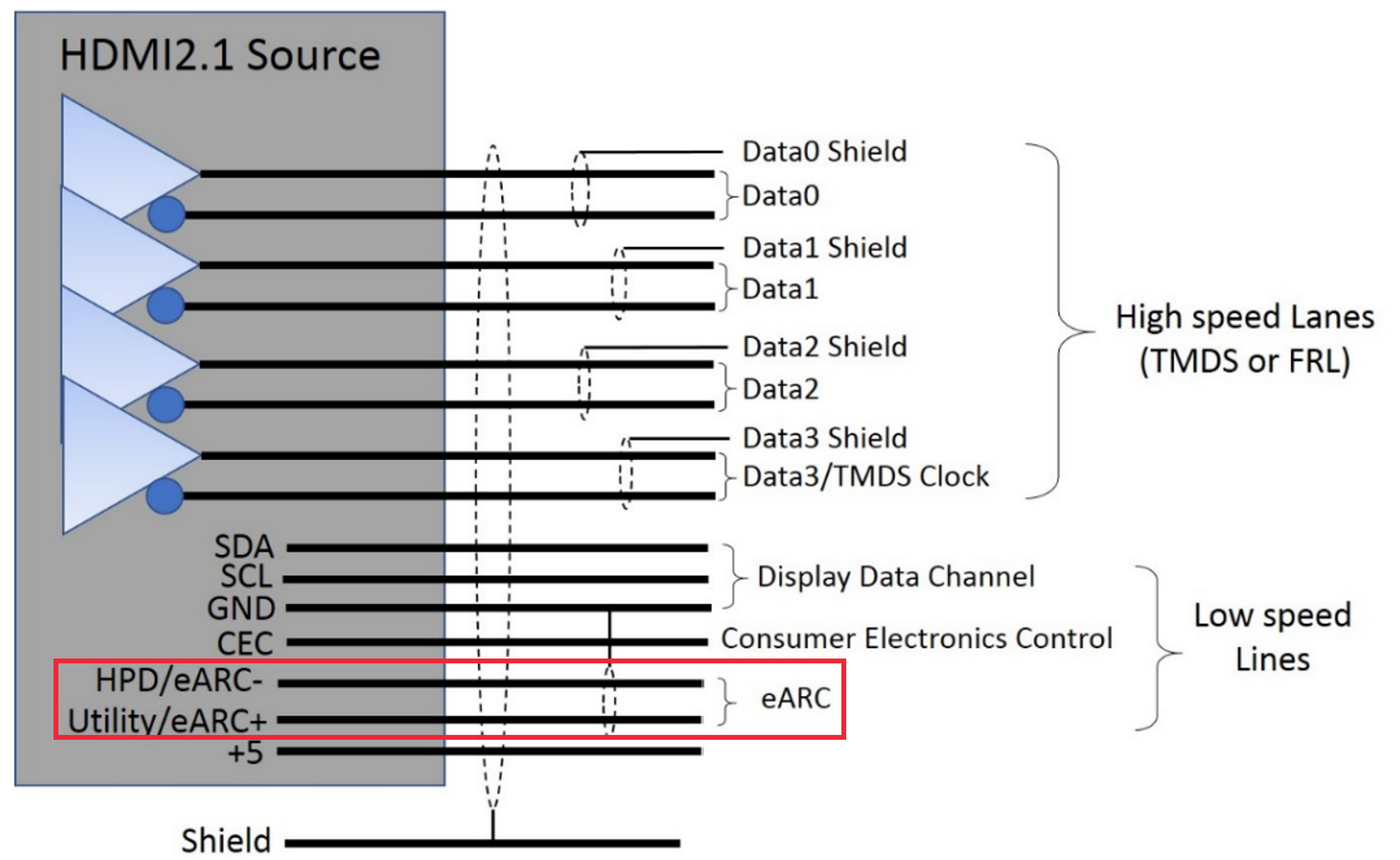
Figure 2: eARC Audio Transmission Signal Line Diagram (Source: keysight.com)
Audio return in eARC is defined as one-way transmission in accordance with its category and function within an HDMI device, where audio is transmitted from the eARC Tx (Sink) device supporting the eARC function to the eARC Rx (Source) device. The HDMI 2.1a specification defines the Differential Mode Audio Channel (DMAC) for one-way audio return and the Common Mode Data Channel (CMDC) for two-way exchange of control messages.
Data structure of the eARC audio return is defined in the IEC 60958-1 standard to return audio, which consists of 192 Frames in a data block (Block) that can be identified by a fixed encoding (Preamble). Two Sub-frames make up a frame, with each Sub-frame transmitting data of up to 32-bits in length, including the original audio.
The related audio data structure is explained in Figure 3. The digital audio standard channel encoding uses "Biphase-mark coding" to encode the content outside the Preamble to reduce the DC component in the transmission channel. Additionally, Falling Edge Modulation is used to modulate the data block and transmit the audio content to the eARC channel on the HDMI cable through differential signaling. The related encoding and modulation methods are referred to in Figure 4 and Figure 5.
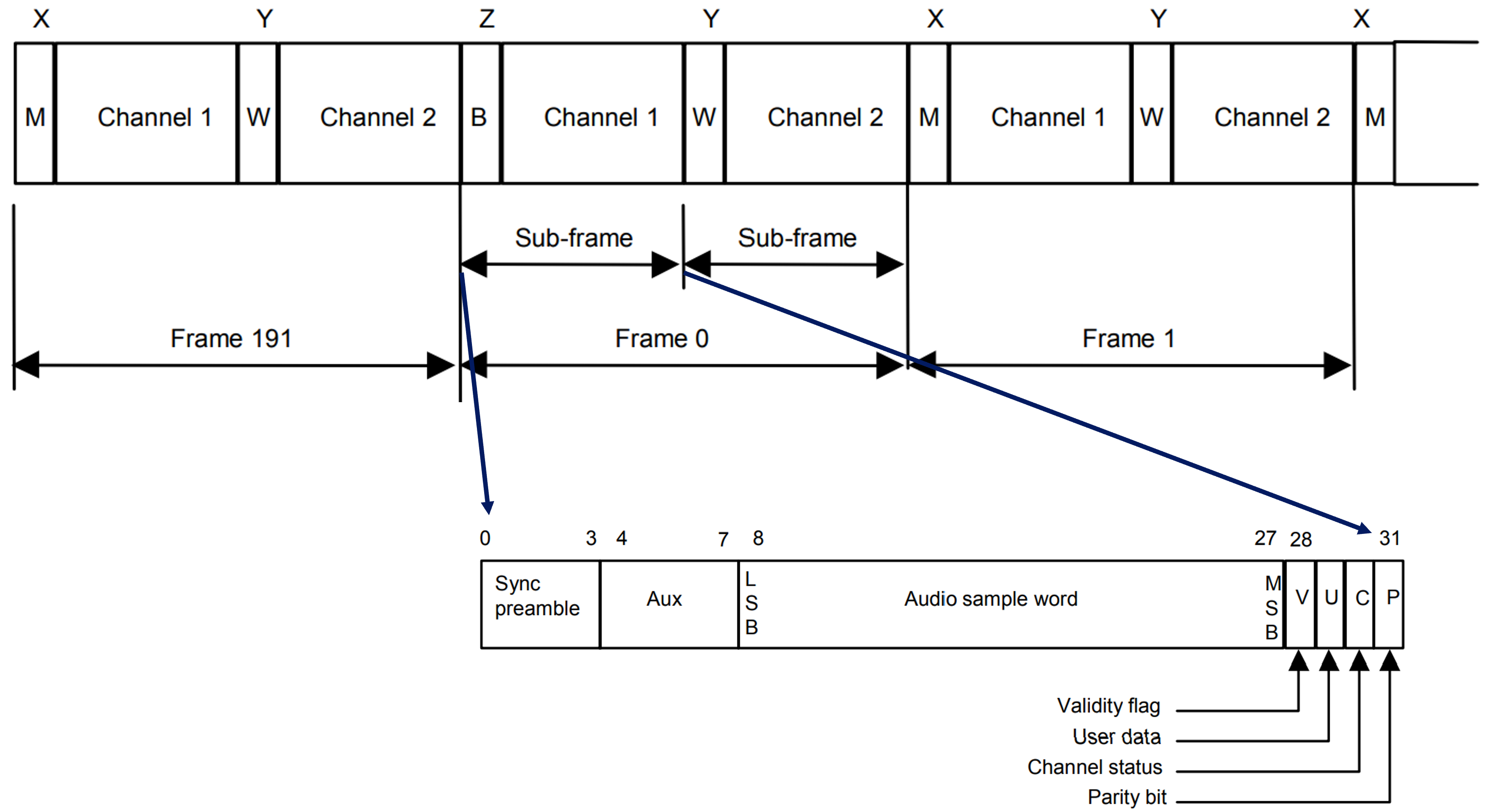
Figure 3: Frame format and Data Structure of eARC (IEC 60958-1 Digital Audio Interface)

Figure 4: Channel coding - Biphase-mark of eARC (IEC 60958-1 Digital Audio Interface)
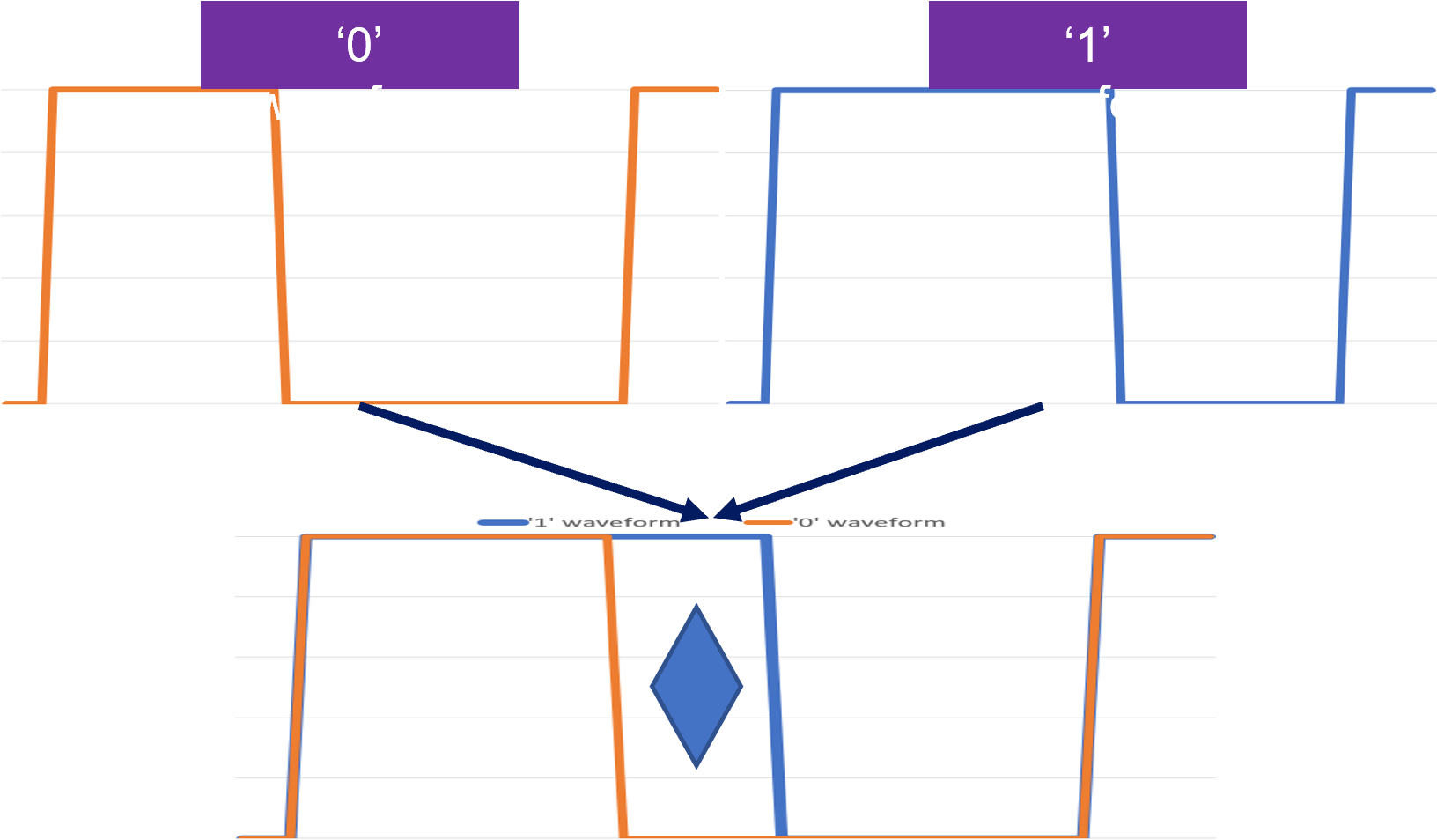
Figure 5: Falling Edge Modulation of eARC
eARC Compliance Testing
eARC compliance testing, including electrical and protocol tests, verifies that products supporting eARC transmitting and receiving functions comply with the HDMI 2.1 specification. The following table lists the test items.

Table 1: eARC Compliance Testing Items
Next, let's take a look at what the actual signal looks like when transmitted on the eARC channel (Figure 6). Using an oscilloscope to measure the single-ended signal on the eARC channel, we can analyze the differential audio signal of the DMAC channel and the communication control messages exchanged on the CMDC channel. Additionally, the differential audio measurement waveform can be analyzed using an eye diagram (Figure 7).
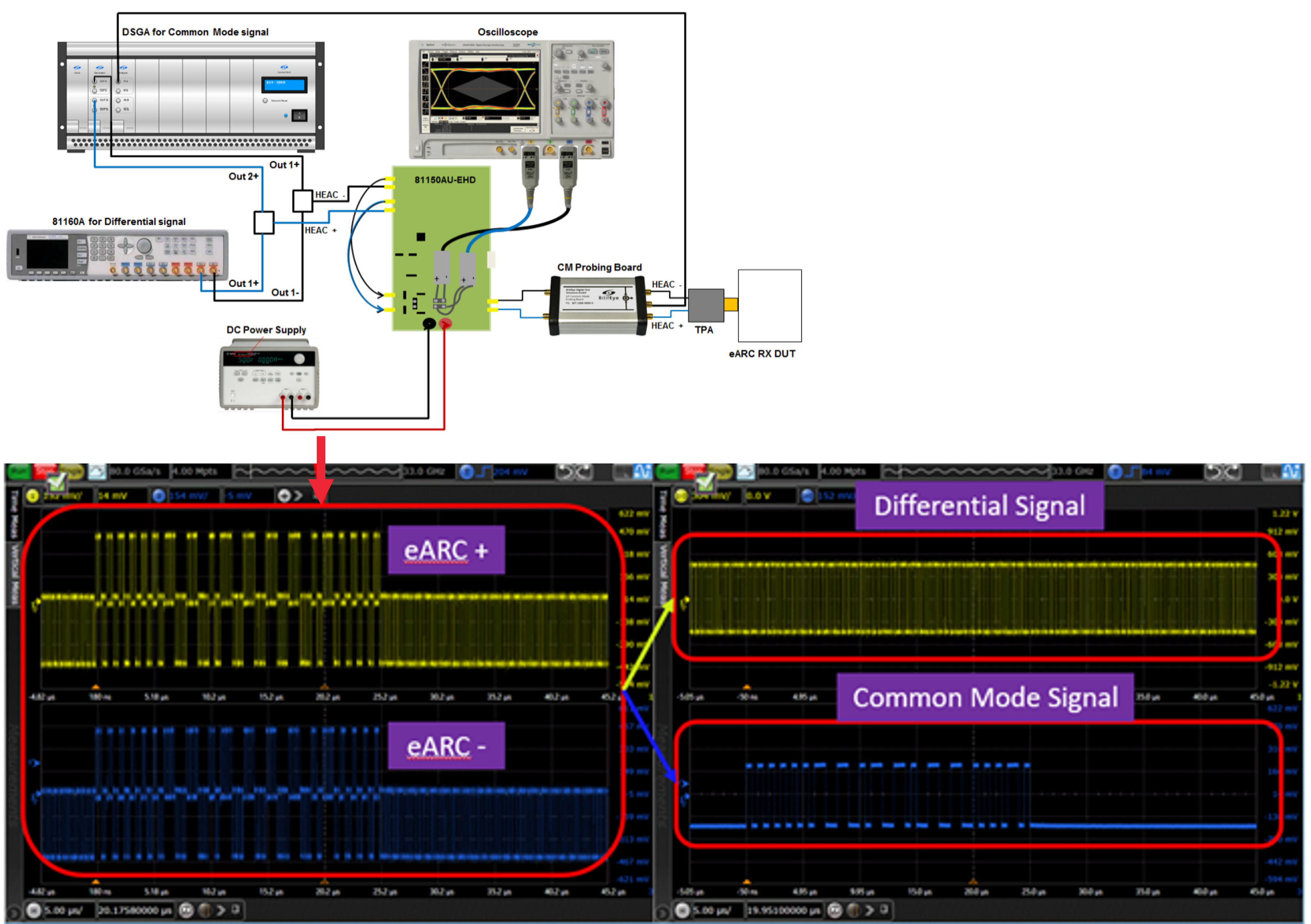
Figure 6: Signals transmitted on the eARC channel

Figure 7: Differential Mode Eye Diagram on eARC channel
Stay tuned for the latest updates in HDMI® 2.1 eARC testing
As consumer reliance and demand for multimedia applications drive the rapid evolution of HDMI specifications, both video and audio content have undergone tremendous changes in recent years. This article provides a basic introduction of the latest HDMI enhanced audio return channel (eARC) architecture, encoding method, and compliance testing. Watch this space for more detailed updates on the latest specifications and consistency test content for all things HDMI.
Get tested by GRL
Look no further than GRL for compliance, pre-compliance and debugging services for your products designed to meet the HDMI® 2.1 specification. As an HDMI Forum Authorized Test Center (ATC) that provides a range of HDMI test services, our extensive experience and deep understanding of HDMI test services will ensure that your HDMI products are thoroughly tested to meet the highest standards.
References
- High-Definition Multimedia Interface Specification Version 2.1a, February 7, 2022
- IEC 60958-1 Digital Audio Interface – Part 1: General, Second edition 2004-03
- Keysight D9021HDMC HDMI Electrical Performance Validation and Compliance Software Data Sheet


